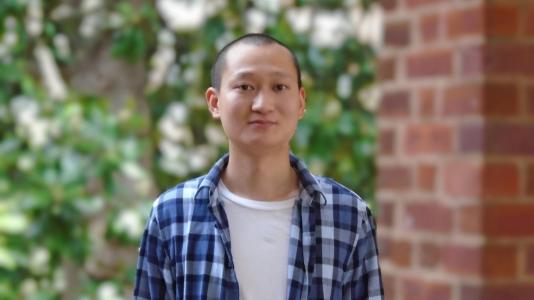| About the Franklin Award |
In 2004, in conjunction with the Advanced Photon Source, the APS Users' Executive Committee established the APS UEC Rosalind Franklin Young Investigator Award to recognize an important scientific or technical accomplishment by a young investigator (senior graduate student or within two years of his or her PhD. degree) that was accomplished at or strongly beneficial to the APS. The award is presented annually at the APS Users Meeting, which is held every spring. Awards are not necessarily made each year. The award consists of a $1000 prize, an award plaque, and a name plate on the plaque in the APS Atrium. The recipient of the award is also invited to present a lecture on his/her research in the APS plenary session. A complete nomination packet includes:
|
| About Rosalind Franklin |
The brilliant but short-lived chemist Rosalind Franklin played a critical but largely unacknowledged role in the discovery of the structure of DNA. While working as a research associate for John Randall at King's College in 1951, Franklin was assigned to study the unwieldy DNA molecule with x-ray crystallography--a technique only just beginning to be used for biological molecules. Her results revealed the position of the sugar-phosphate backbone and the basic helical structure of the molecule; when her x-ray photographs filtered unofficially to John Watson at Cambridge, he immediately saw their implications. Franklin went on to work on the tobacco mosaic virus and the polio virus, but her career came to an untimely end when she died of cancer in 1958 at age 37. More information on Franklin is at |
| Recent Award - 2025 |
Lin Gao, a postdoctoral researcher in the Nuclear Science and Engineering division at Argonne, is the recipient of the 2025 Rosalind Franklin Young Investigator Award. Gao received the award for his work in additive manufacturing, specifically his research on wire-feed laser directed energy deposition processes. For this work, Gao used the APS to study laser-melted additive manufacturing as it happened, revealing the intricate effects of wire melting states on the microstructure of a particular material as it solidified. The insights gained through this experiment have implications for industries reliant on large-scale metallic parts, such as those found in the nuclear and aerospace sectors. Read the full article here.
|
| Past Winners |

